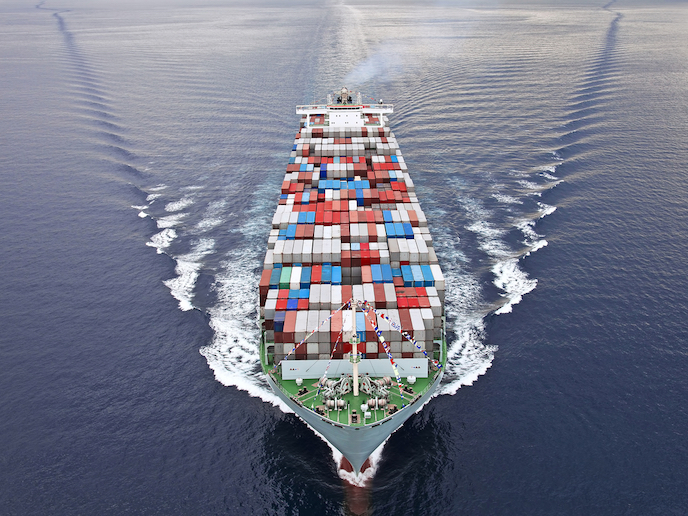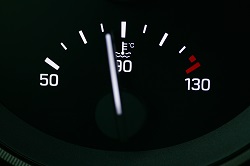New solution uses heat waste for self-sustaining cooling at sea
As with so many other sectors, the 2008 financial crisis had a profound impact on the maritime transport sector. Rising oil prices and diminished freight rates led to higher operating costs. Increased concerns about environmental impact further prompted ship-owners to undertake a strategic rethink. Instead of aiming to get people and goods from point A to point B as quickly as possible, ship-owners have started to look at increasing operational sustainability and efficiency to bring down costs and meet environmental expectations. The EEECSM-2 EU-funded project looked specifically at how the circulation of energy on-board sea faring vessels could be optimised. COOL4SEA has developed new cooling technology which harnesses energy from the waste heat generated on ships, using it to power A/C systems. After successful lab testing, the innovation was demonstrated onboard a hybrid ferry with a minor pilot unit which has now been scaled up to a full-scale demonstrator, ready to be introduced to the market. The eco-friendly alternative All types of ships regardless of cargo have to be cooled. This is usually performed by compressor driven A/C units which are powered by electricity produced by the burning of fossil fuels, principally oil. This cooling process is reliant on hydrofluorocarbon (HFC) gases which contribute to global warming. Additionally, the propulsion and power processes create large amounts of unused energy in the form of hot water. EEECSM-2’s innovation was to find a way to reuse this waste energy. The technology takes advantage of the unique properties of lithium bromide to be able to hold water molecules (through both absorption and adsorption). A liquid solution of lithium bromide is circulated in the system’s first phase chamber. This mixture is heated up using the ship’s heat waste with the resulting vapour diverted to another processing chamber for the second phase. Once this water vapour is condensed, it liquefies and transfers to the next (lower pressure) process chamber for the third phase. Reintroducing heat results in evaporation which is then harnessed for the cooling effect – which can get as low as 5 °C – as water transitions to gaseous form. The water vapour from this third phase is then added to a solution of lithium bromide (the fourth phase) to start the process anew, closing the loop. Crucially, no harmful HFC-gases are needed. “The technology is now ready for the market. Our strategy is to first target ships already in operation, after demonstrating profitability and looking longer-term at new builds,” says Dr Christian Fonnesbæk Jensen, project coordinator. “The challenge right now is market introduction, but we are already in negotiations with several ship-owners who are interested. So I am optimistic.” EEECSM-2’s cooling technology makes sea transport more cost-effective. But more importantly by reducing the use of fossil fuels, it decreases the sector’s overall CO2-footprint, as well as reducing the release of nitrogen oxides (NOx), sulphur oxides (Sox) and other poisonous particles. This could help the sector conform to the EU’s marine and maritime environmental policies such as the Sustainable Blue Economy Finance Principles(opens in new window) as part of the Integrated maritime policy. “We are now working on ideas to optimise energy consumption for reefer containers which are used to transport frozen or cold goods, on container ships. We are also investigating how to adapt the innovation to reduce the fuel consumption of the ship’s main engine, by controlling the temperature of the air needed,” says Dr Jensen.







